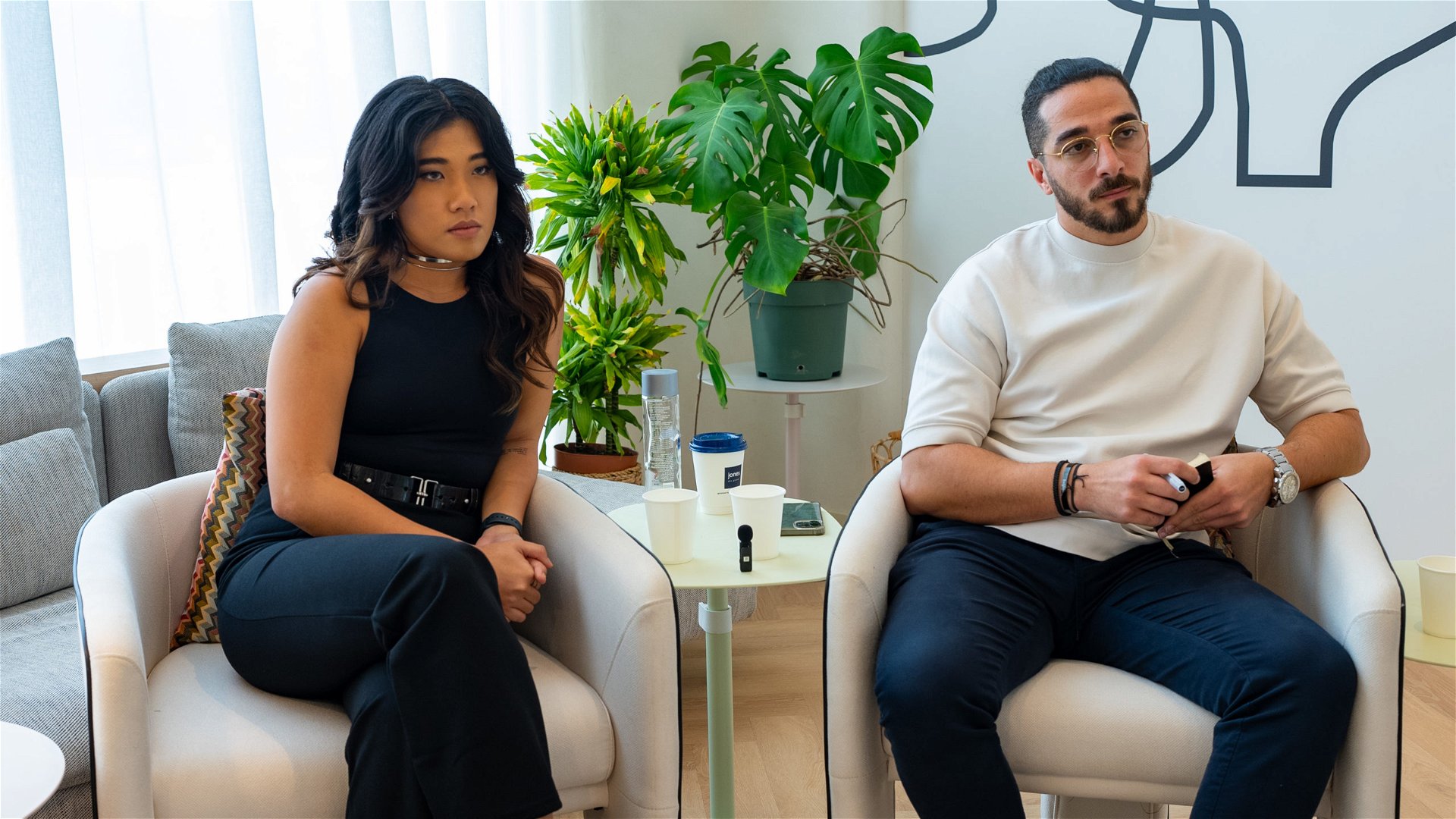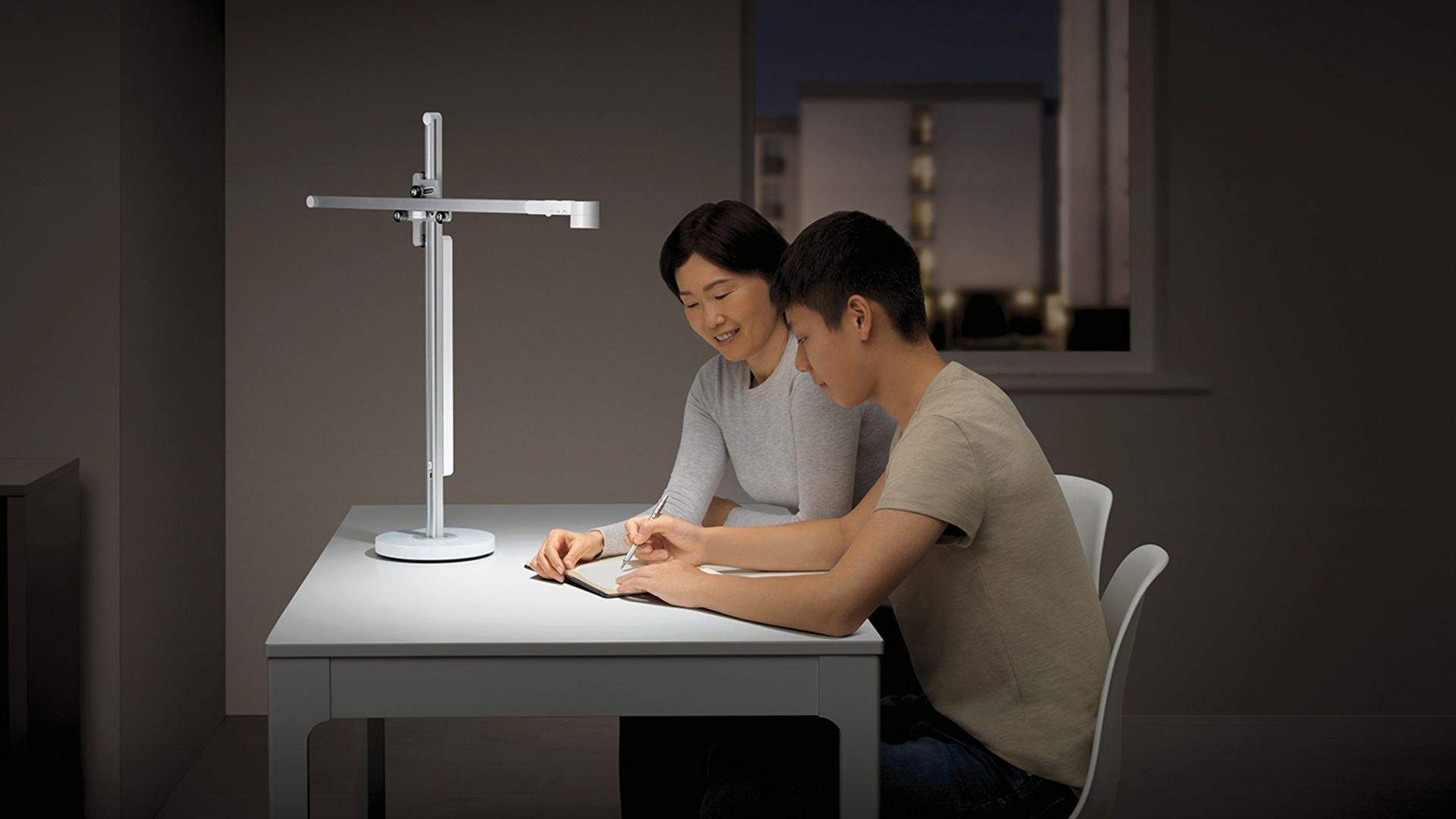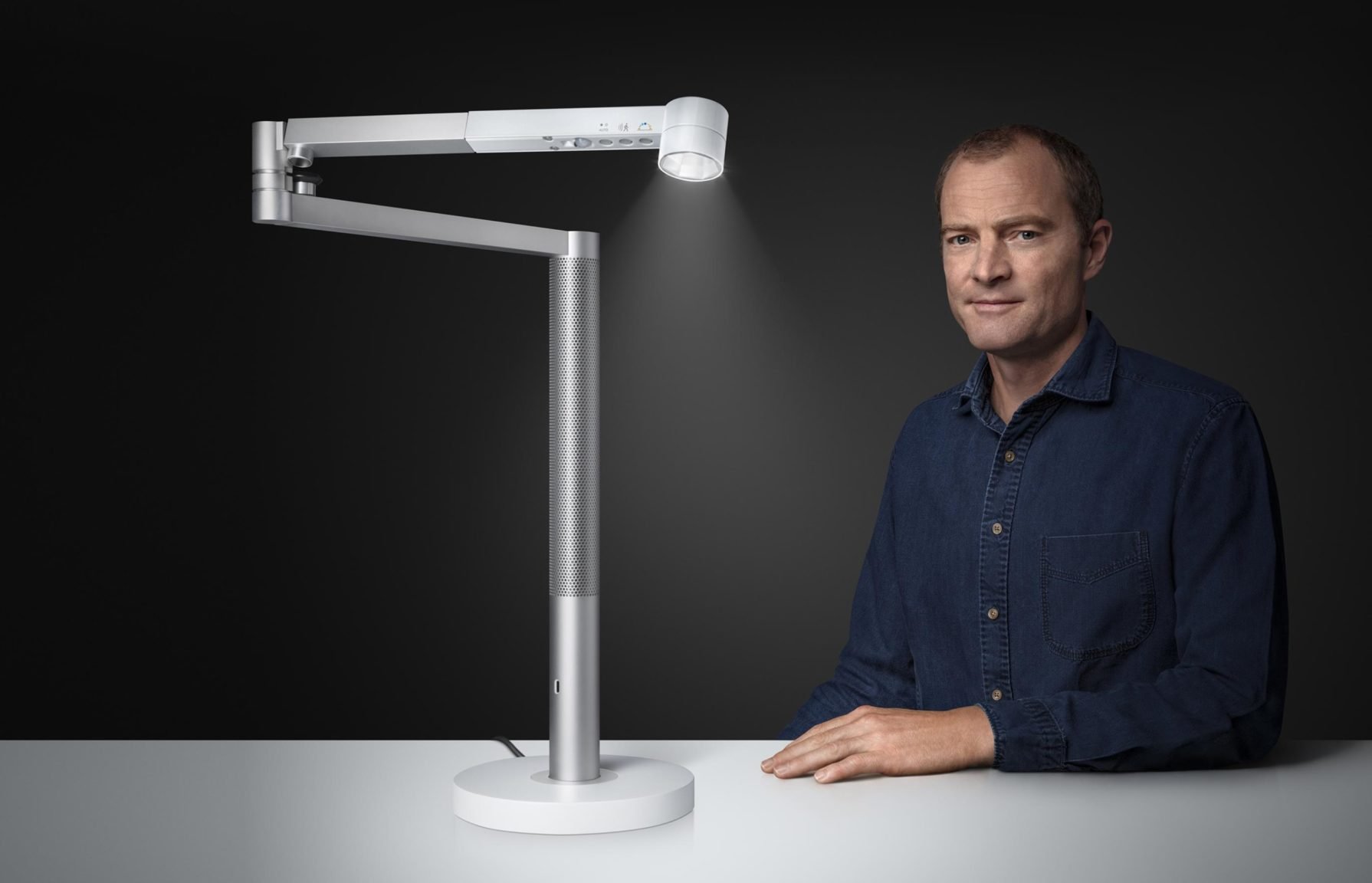On 19th September 2023, Dyson invited designers from Atkins, CD+M Lighting, GAJ Architects and LW Design to The Bureau. The agenda was to deliberate on Circadian Lighting, its transformative powers and the products championing it in the market. We stumbled upon some eye-opening facts between anecdotes and moments of sharing perspectives. Here’s the state of affairs…
Human intellect has driven civilisation from the Stone Age to modern times on an impressive timeline. While that is a commendable feat for the physical world, biological evolution conforms to a more gradual pace. Today, our lives are bound to the indoors, but that does not mean our bodily functions have adapted to the same.
For instance, most living things, including humans, still have a circadian rhythm. This rhythm is a 24-hour cycle that uses external light as a trigger to regulate the production of melatonin, a hormone that induces sleep in the body. Consequently, the process affects physical, mental, and behavioural changes in beings. Millennia ago, our circadian rhythms worked in our favour effortlessly because the lifestyle espoused basking under the sky. Natural light in the right dollops at the correct timings ensured our sleep patterns ran smoothly. But now, spending most of our time confined within concrete walls has disturbed this innate rhythm.
From left to right: Casey Carillo – Interior Designer, LW Design; Yahya Kaddoura – Lead Design Architect, Atkins; Chetna Thawani – Assistant Interior Designer, Godwin Austen Johnson (GAJ), Ratna Kumari – Associate, CD+M Lighting
“The effects of not being out of tune with the circadian rhythm are covert”, posits Ratna Kumari, Associate at CD+M Lighting. “Research has shown that this disconnect can cause depression, hypertension and other psychological and physiological ailments over time.”
Casey Carillo, Interior Designer at LW Design, delved into her experience at the Swissotel The Stamford, Singapore. There, the Vitality Room is cognizant of circadian lighting and adjusts to each individual’s mood and lifestyle. “In the evening, little lights on the floor led to the bathroom. In its place, a bright light that would make it harder for me to fall back asleep.”
Recognised Importance by the WELL Standard
Not a Fad, but a Fact
The WELL Standard has also acknowledged circadian rhythm’s influence through feature 54.
The feature postulates a minimum standard for the intensity of daytime lighting. Adhering to the limit can avoid hindrances to our circadian system caused by artificial lighting. Feature 54 has introduced ‘Equivalent Melanopic Lux (EML)’ to factor in the light’s impact on the human circadian cycle. EML converts standard lux measurements into their melanopic equivalent using a constant.
In addition, this feature also stipulates the melanopic light intensity requirements for four specific areas: workplaces, residential spaces, break areas, and educational settings. This unit of measurement is useful, yet it does not consider the changes in the colour temperature.
But is colour temperature that important?
Spectrally Optimised Light v/s Colour-Tuned Light
The True Marker of Circadian Lighting
Yahya Kaddoura, Lead Design Architect, Atkins, walked into the session preemptively with notes from a research in tow. He concurred, “Such details [processes like circadian rhythm] are very crucial, but we fail to recognise it in a larger scheme. These aspects become incumbent when scientists try synthesising living conditions, such as on Mars. If light, sound and other sensory effects impact replicating sustenance, imagine how important they are to well-being.”
As Ratna agreed with Yahya’s train of thought, she also mentioned how our eyes perceive light with the two types of photoreceptors. Cones dictate how we recognise colours and forms, and Rods determine how we sense light and its temperature.
“Such details [processes like circadian rhythm] are very crucial, but we fail to recognise it in a larger scheme. These aspects become incumbent when scientists try synthesising living conditions, such as on Mars. If light, sound and other sensory effects impact replicating sustenance, imagine how important they are to well-being.“
– Yahya Khaddoura, Lead Design Architect, Atkins
“As lighting designers, we try to introduce as much natural light in a space as possible. Only after that do we begin to design with artificial means”, she says. “Colour-tuning LEDs can switch between white, warm and warm-white. With controls, one can even adjust the intensities. So, with these lights’ affinity, it might feel as if we are close to nature. It is superficial compared to spectrally optimised lights, where the quality of light is guaranteed. They not only replicate the colour, but also the temperature of the blue wavelength in the sky.”
Colour temperatures are a powerful way to set the ambience and conjure positive health benefits. Spectrally-optimised lights are manufactured using a four-component colour-mixing method. Hence, they hit a more variable temperature range (2700K-4000K). Whereas colour-tuning LEDs are limited to a slimmer range in comparison (5500K to 6500K).
“Colour-tuning LEDs can switch between white, warm and warm-white. With controls, one can even adjust the intensities. So, with these lights’ affinity, it might feel as if we are close to nature. It is superficial compared to spectrally optimised lights, where the quality of light is guaranteed. They not only replicate the colour, but also the temperature of the blue wavelength in the sky.“
– Ratna Kumari, Senior Lighting Designer, CD+M Lighting
Challenges in Successfully Incorporating Circadian Lighting
The Conundrum of Controls & A Gap in the Market
Ratna, the only lighting designer on the panel, was pleasantly surprised with interior designers’ awareness of the circadian rhythm. Casey unhesitantly expressed LW Design’s collaboration with lighting designers on multiple projects.
Chetna Thawani, Assistant Interior Designer at Godwin Austen Johnson (GAJ), also confessed to working with lighting experts to derive optimised results. She put forth, “We do incorporate dimmers to allow users control over their environments. We also specify smart lights for energy efficiency. But, these do not always favour the requirements of the circadian rhythm. It is difficult to cancel the aesthetic mismatch while incorporating universal control.”
Designing lighting for a space is no cakewalk. Making the most use of natural lighting, creating the right lattice of task and ambient lighting and also ensuring human requirements for the circadian rhythm are met is overwhelming and complicated. Into the bargain are also the ‘in-progress’ technological advancements catering to circadian lighting.
“We do incorporate dimmers to allow users control over their environments. We also specify smart lights for energy efficiency. But, these do not always favour the requirements of the circadian rhythm. It is difficult to cancel the aesthetic mismatch while incorporating universal control.“
– Chetna Thawani, Assistant Interior Designer at Godwin Austen Johnson (GAJ)
“In spaces such as offices, where operation hours exceed 12, it is crucial to design according to circadian rhythms”, Ratna avers. “However, because more people populate it, it is difficult to cater to each one’s preferences. In such a case, assigning controls for comfort can be tricky. With different layers of task lighting and ambient lighting involved, it is daunting to manage every whim and fancy.”
In that context, Dyson’s Lightcycle is an inventive solution. It intuitively adjusts according to the time of day, task and users’ age. It also has a unique GPS-driven algorithm that rewires colour temperature and brightness with the local daylight. Most importantly, its colour temperature spectrum ranges from 2700K-6500K.
It also comes with an ambient light sensor that reacts to changes in background light and a Boost mode that emanates brighter, cooler light every 20 minutes to realign focus. Designers’ dilemma indicates that we are in dire need of more such multi-faceted products.
Client Awareness on Circadian Lighting
A Designer’s Role and Bridging Gaps with Consultants
“On our end, we try to educate clients about circadian lighting from the concept stage”, Chetna testifies. “We do realise our responsibility as designers and want the best for our clients as well as the users occupying the space.”
Circadian rhythm or circadian lighting is not unheard of anymore. And it’s courtesy of both interior and lighting designers. The demand for well-being is seeing an all-time high, and that spike extends to the incorporation of circadian lighting. Casey reveals that for some large-scale projects, clients bring in consultants as their representatives. “These consultants are well-versed with the nuances and such detailed aspects. They are in the know and appreciate when such thoughtful interventions are discussed.”
Overall, the state of awareness of circadian lighting is palpable. The design fraternity seeks solutions and is keen to collaborate. The Dyson Lightcycle is one product, but the market needs more solutions. Industry-wide participation is obligatory for spaces to embody well-being and restful sleep.
In-Studio with Dyson Air-Wrap
Article info
Article:
Date added:
19 October, 2023











